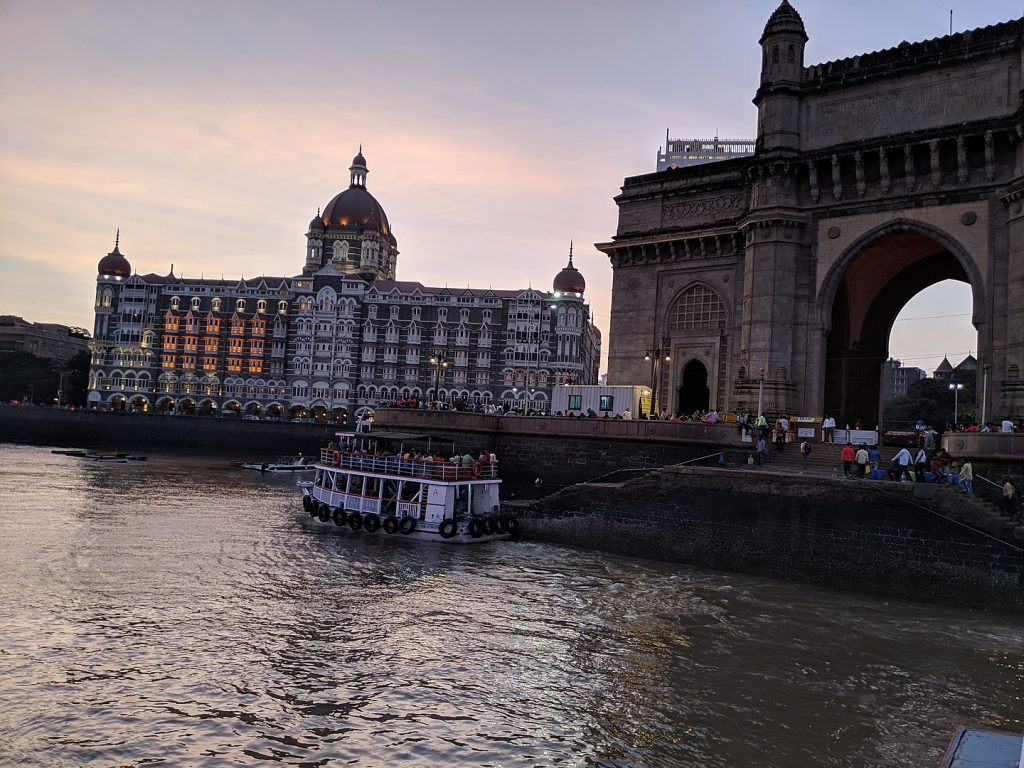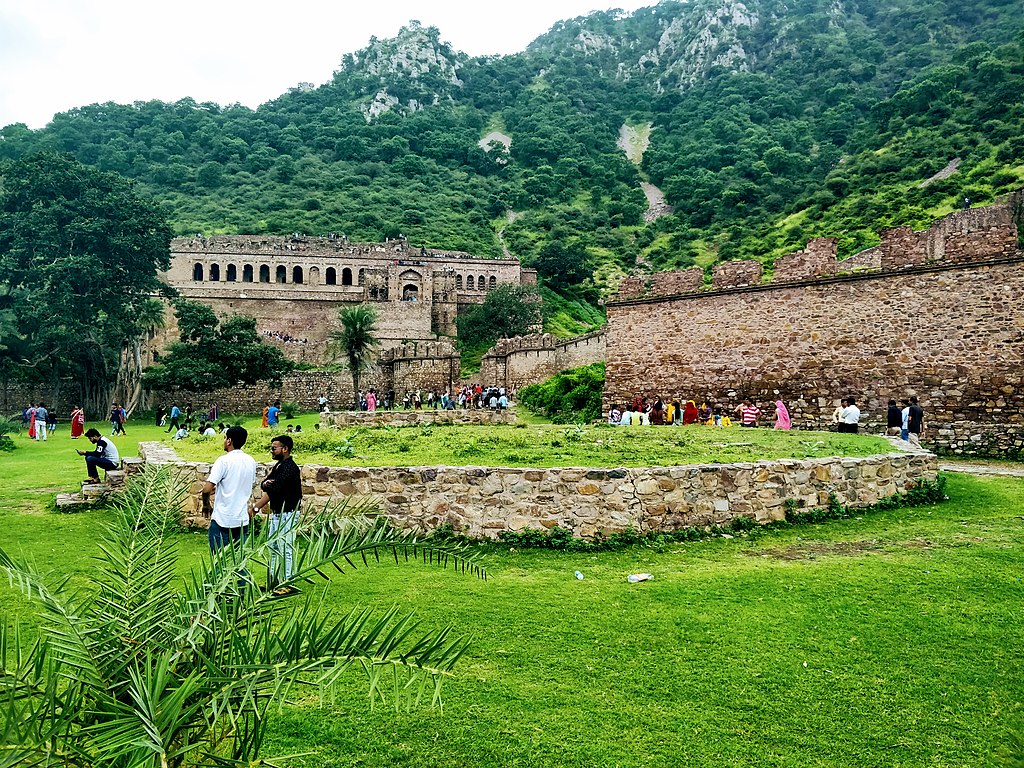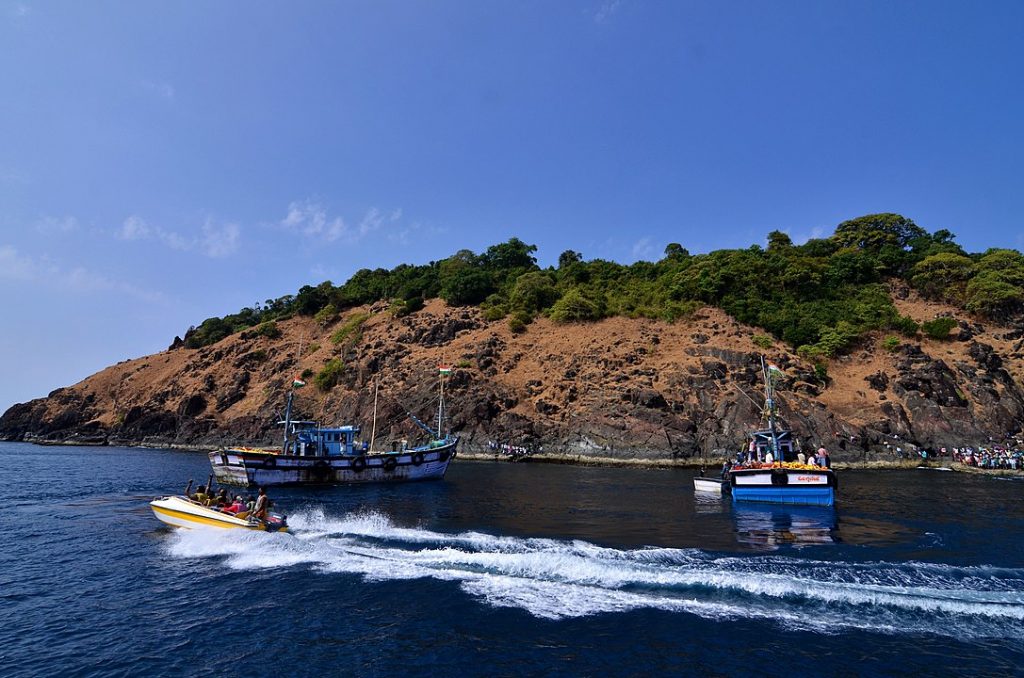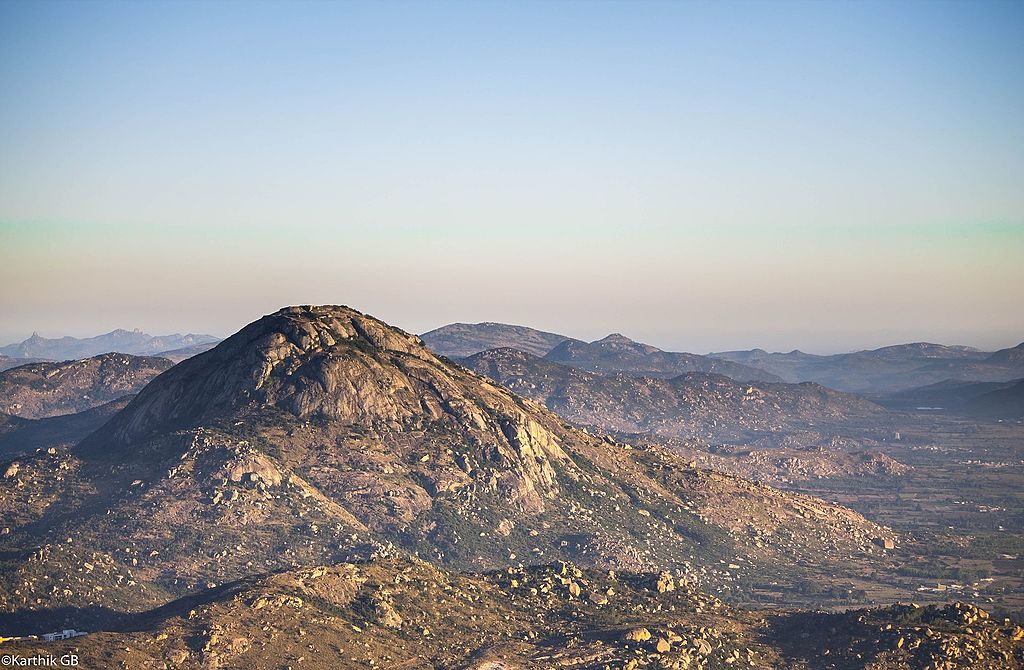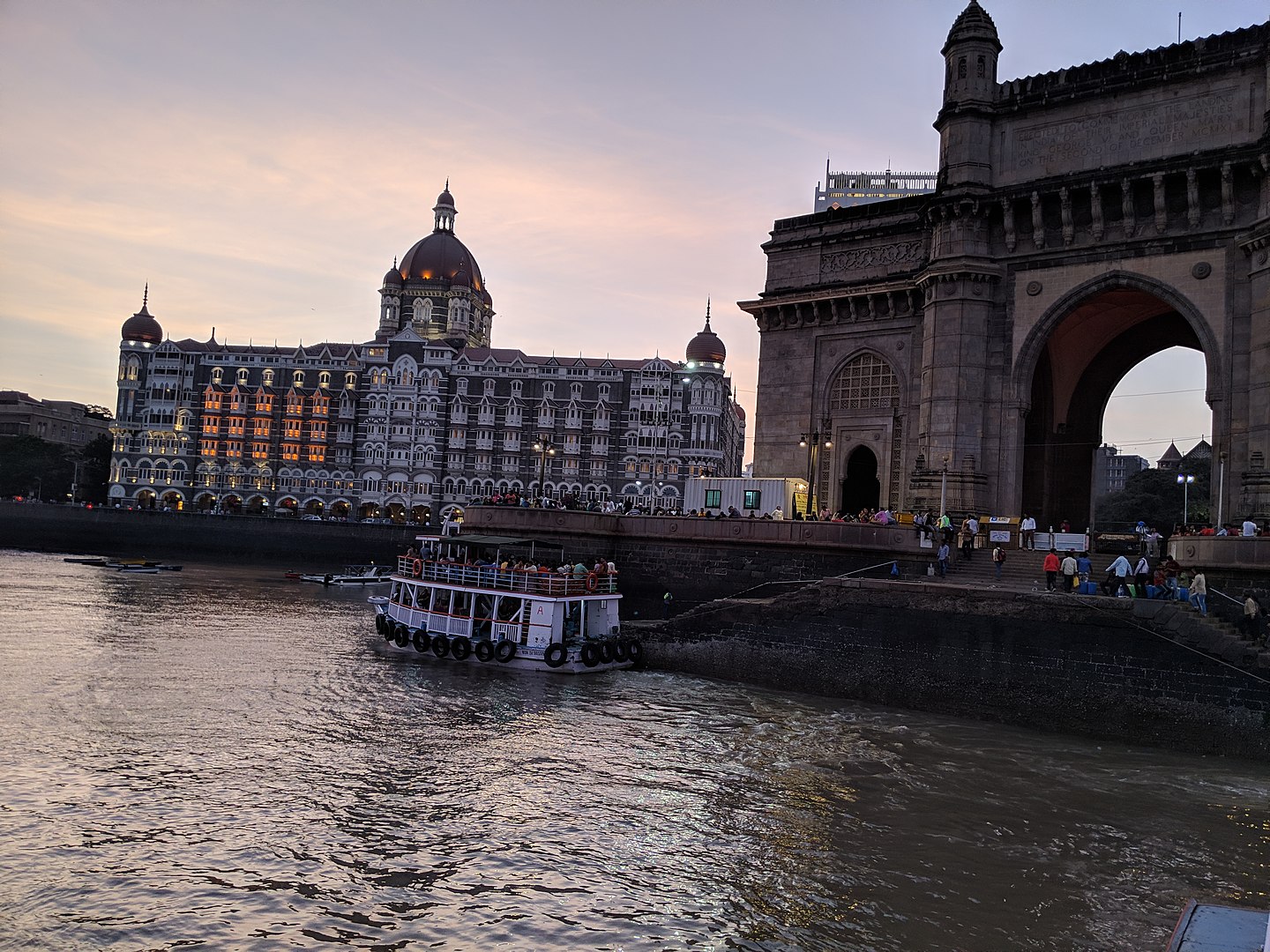The Nilgiris, Tamil Nadu’s most appealing and exquisite resort, is a paradise on earth, brimming with natural beauty and spectacular scenery. It is the district seat of the Nilgiris district, which is commonly referred to as the Nilgiri Hills, and it is also blessed with rich flora and fauna. It’s part of the Western Ghats mountain range, which runs along the Deccan Plateau’s southwestern side.

A travel guide to the Nilgiris would be inadequate without mentioning the region’s naturally endowed environment and serene nature. These are a range of mountains in the western part of the state, along the border of Karnataka and Kerala in the southern area, with at least 24 peaks exceeding 2000 metres. The Nilgiri Mountain Railway is a must-see sight in the Nilgiri Mountains. There are around 2700 kinds of blooming plants, 160 species of ferns, several varieties of flowerless plants, algae, fungus, mosses, and terrestrial lichens.
Thus, Don’t miss out on a trip to Tamil Nadu’s wonderland!!
History of Nilgiris

It had a distinct allure for Europeans because of its natural beauty and moderate climate. Mr. Whish and Kindersley, who were aides to the Collector of Coimbatore at the time, discovered Kotagiri near Rengaswamy peak in 1818. The then-Collector of Coimbatore, John Sullivan, was very interested in this portion of the nation. On July 31, 1819, he established his abode there and reported to the Board of Revenue.
The term ‘Nilgiris’ means ‘Blue Hills’ (Neelam – Blue and giri – Hill or Mountain), and it was first mentioned in the Silappadikaram. People living in the lowlands at the foot of the hills are said to have given the name Nilgiris because of the violet petals of the ‘kurinji’ flower that encircle the hill ranges on a regular basis. According to W.Francis, the Ganga Dynasty of Mysore is the first reference to the political history of the Nilgiris.
It became a part of the Coimbatore district as soon as it was ceded to the British in 1789. It was carved out of the Coimbatore District in August 1868. As the Commissioner of the Nilgiris, James Wilkinson Breeks took over the administration. The Commissioner was replaced by a Collector when the Nilgiris has constituted a district in February 1882. Richard Wellesley Barlow, the Commissioner at the time, was appointed First Collector of Nilgiris on February 1, 1882.
How To Reach?

By Air
Coimbatore International Airport, about a three-hour drive from Nilgiris, is the nearest international airport. Bhubaneswar, Chennai, Delhi, Hyderabad, Mumbai, Bangalore, Cochin, Pune, Sharjah, Bangkok, Singapore, and Ahmedabad are among the cities served by Coimbatore Airport.
By Rail
From Nilgiris, the nearest railway station is Ooty Railway Station. Ooty Railway Station has connections to all of Tamil Nadu’s main cities. It is connected to cities such as New Delhi, Bangalore, Ooty, Coimbatore, Kochi, Mysore, Lucknow, Chennai, Kanyakumari, Puri, and Ahmedabad via the important New Delhi-Chennai railway line.
By Road
It is located 10 kilometres from Ooty, 60 kilometres from Mettupalayam, 100 kilometres from Coimbatore, 122 kilometres from Mysore, 270 kilometres from Bangalore, 282 kilometres from Kochi, and 482 kilometres from Trivandrum, and is served by TNSRTC and some private travel services.
Best Time To Visit Nilgiris

The Summer Season-
Tourists prefer the summers because they are nice. The summer season officially begins in March and lasts through June. During these months, temperatures range from a pleasant 20°C to a scorching 35°C.
The Monsoon Season-
It is not a good time to visit here because of the heavy monsoon showers. The season is characterized by moderate rainfall.
The Winter Season-
In Nilgiris, November marks the beginning of the winter season. The temperature fluctuates from a pleasant 11°C to a scorching 25°C. In the Nilgiris, winter lasts until January.
The winter season is the finest time to visit here. The temperature is ideal for sightseeing at around 20°C, and the scenery is breathtaking. This is the time of year when a huge number of tourists visit the area.
The best time to visit Nilgiris is during the monsoon season.

